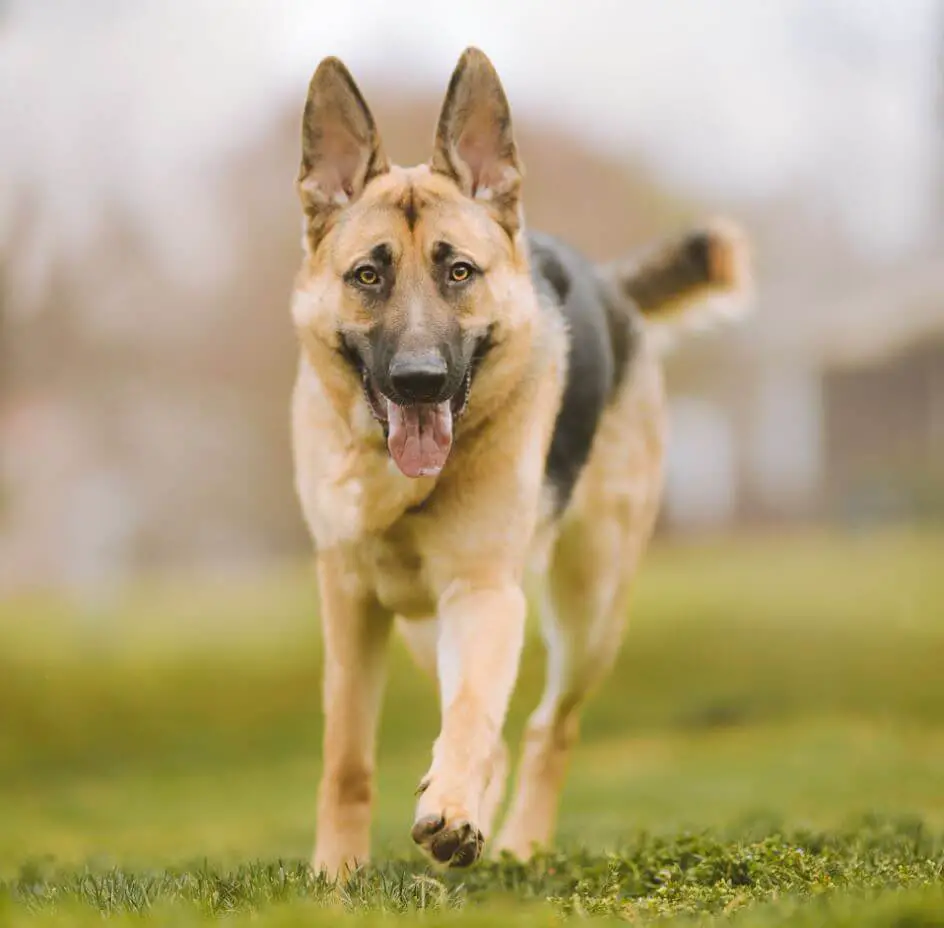The uncanny ability of dogs to perceive and respond to various situations has long intrigued pet owners and researchers alike. The question “Can dogs sense danger?” delves into the realm of canine intuition and the protective instincts that have made dogs valued companions throughout history. In this article, we will explore the evidence and anecdotes surrounding the intriguing topic of whether dogs possess an innate ability to sense impending danger.

The Evolutionary Perspective:
Dogs, as descendants of wolves, have inherited a range of instincts that served their ancestors well in the wild. Wolves are known for their acute senses and the ability to detect potential threats in their environment. While domestication has altered certain behaviors, the underlying protective instincts have persisted in many dog breeds.
Heightened Senses:
One of the primary reasons dogs are often associated with sensing danger is their exceptional sensory perception. Dogs have a keen sense of smell, acute hearing, and the ability to detect subtle changes in their surroundings. These heightened senses contribute to their capacity to perceive potential dangers, whether it be an intruder, an approaching storm, or other environmental changes.
Observing Behavioral Changes:
Pet owners frequently share stories of their dogs exhibiting unusual behaviors or reactions in response to seemingly innocuous situations. These anecdotes often include dogs displaying signs of alertness, barking, growling, or adopting a defensive stance in the absence of any apparent threat. These behaviors suggest an innate ability to sense changes in the environment that may pose a risk.

Bond Between Dogs and Humans:
The close bond between dogs and humans further enhances their ability to sense danger. Dogs are attuned to the emotions and body language of their human companions. Changes in a person’s demeanor, stress levels, or heightened alertness can influence a dog’s perception of potential threats. This interconnectedness strengthens the collaborative efforts between dogs and their owners to ensure mutual safety.
Canine Responses to Specific Dangers:
Research and documented cases reveal instances where dogs have demonstrated an extraordinary ability to sense specific dangers. This includes dogs detecting medical conditions such as seizures or low blood sugar levels in their owners. While these examples may not encompass a broad understanding of danger, they showcase the unique and sometimes life-saving capabilities of dogs.
Training and Socialization:
Certain breeds, particularly those with a history of guarding or protection roles, may exhibit a more pronounced sensitivity to potential threats. Training and socialization play a crucial role in honing a dog’s ability to differentiate between normal stimuli and actual dangers. Dogs trained for specific tasks, such as search and rescue or service dogs, undergo specialized training to enhance their protective instincts.

Conclusion:
While the question of whether dogs can sense danger may not have a definitive answer, the evidence suggests that dogs possess an innate ability to perceive changes in their environment and respond to potential threats. Whether through heightened senses, behavioral changes, or the close bond with their human companions, dogs showcase a remarkable capacity to contribute to the safety and well-being of those around them.
In conclusion, the protective instincts and intuitive behaviors of dogs enrich the human-canine relationship, fostering a sense of security and companionship. The innate ability of dogs to sense danger serves as a testament to the enduring bond between humans and their vigilant four-legged friends.
